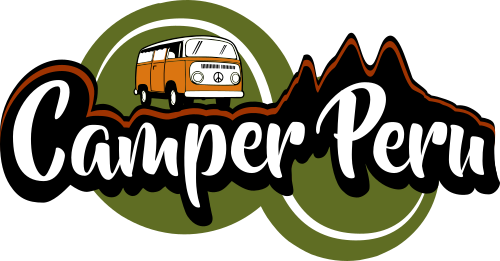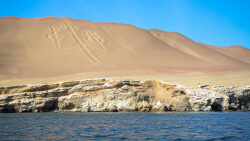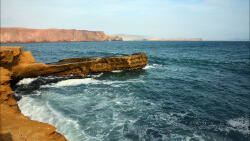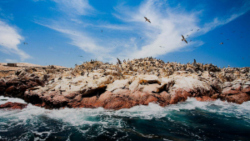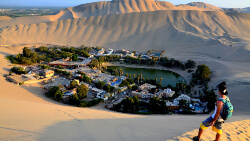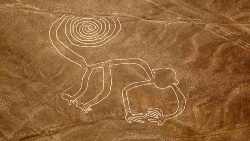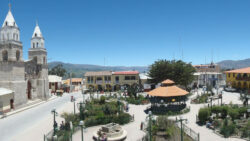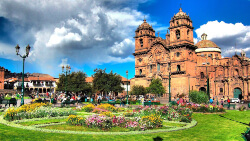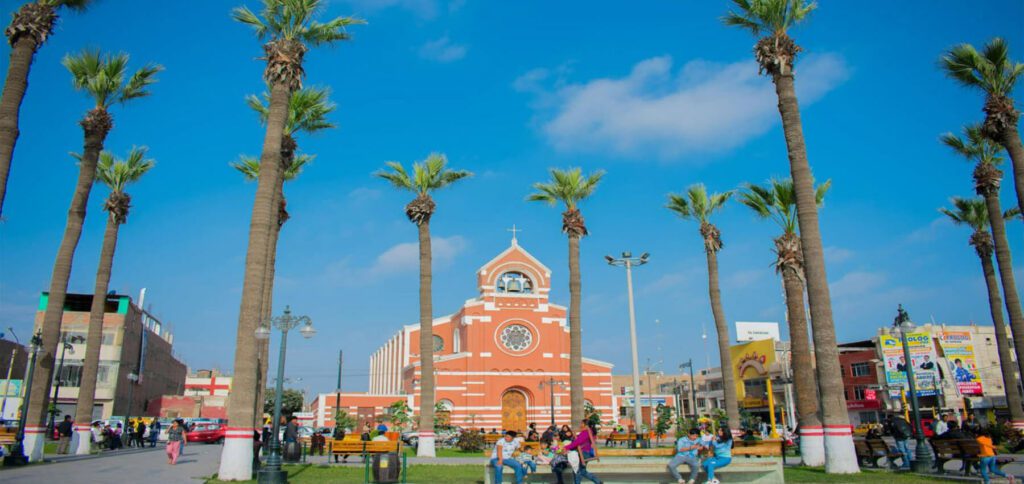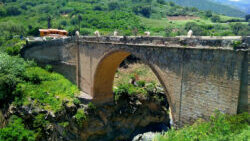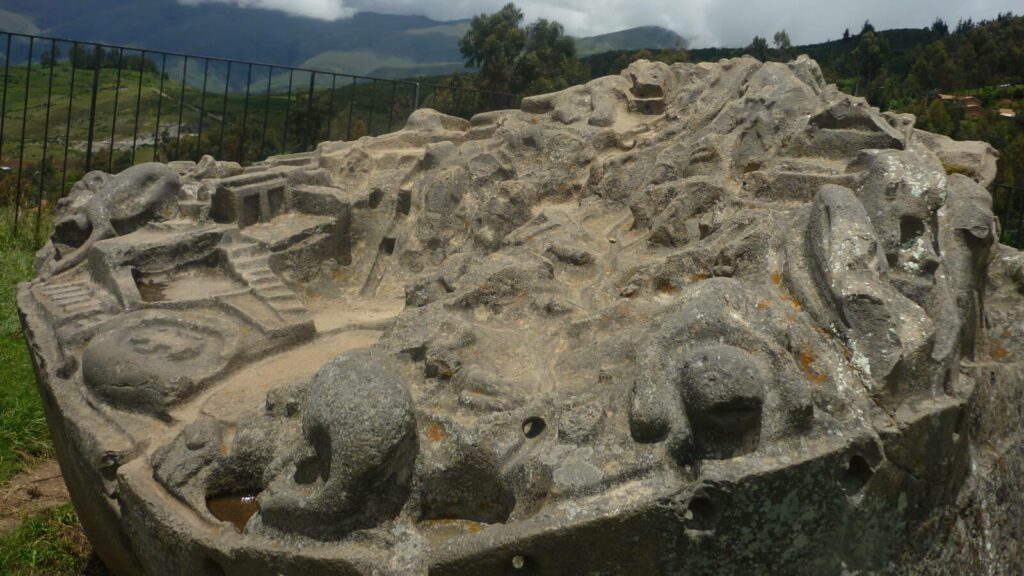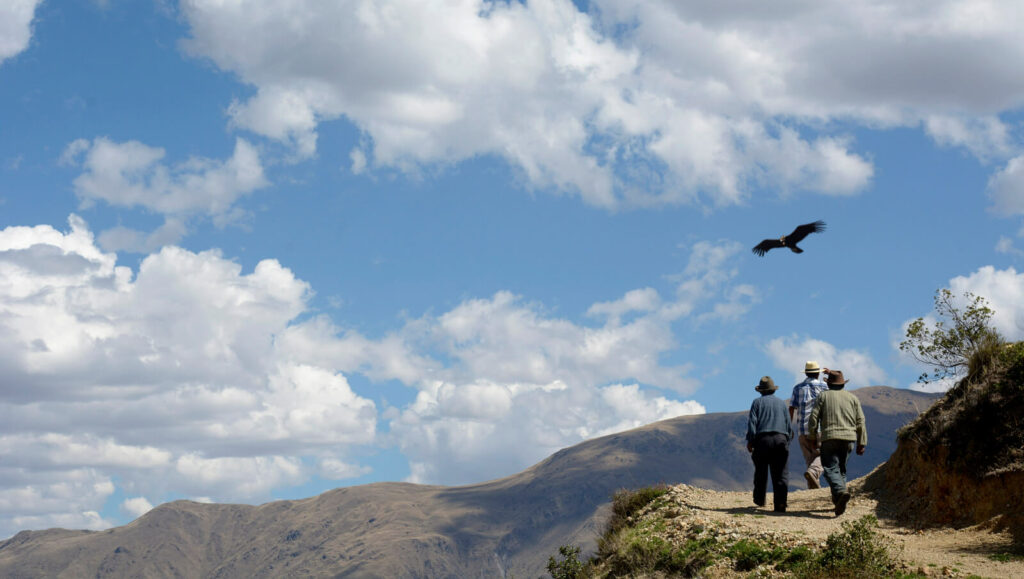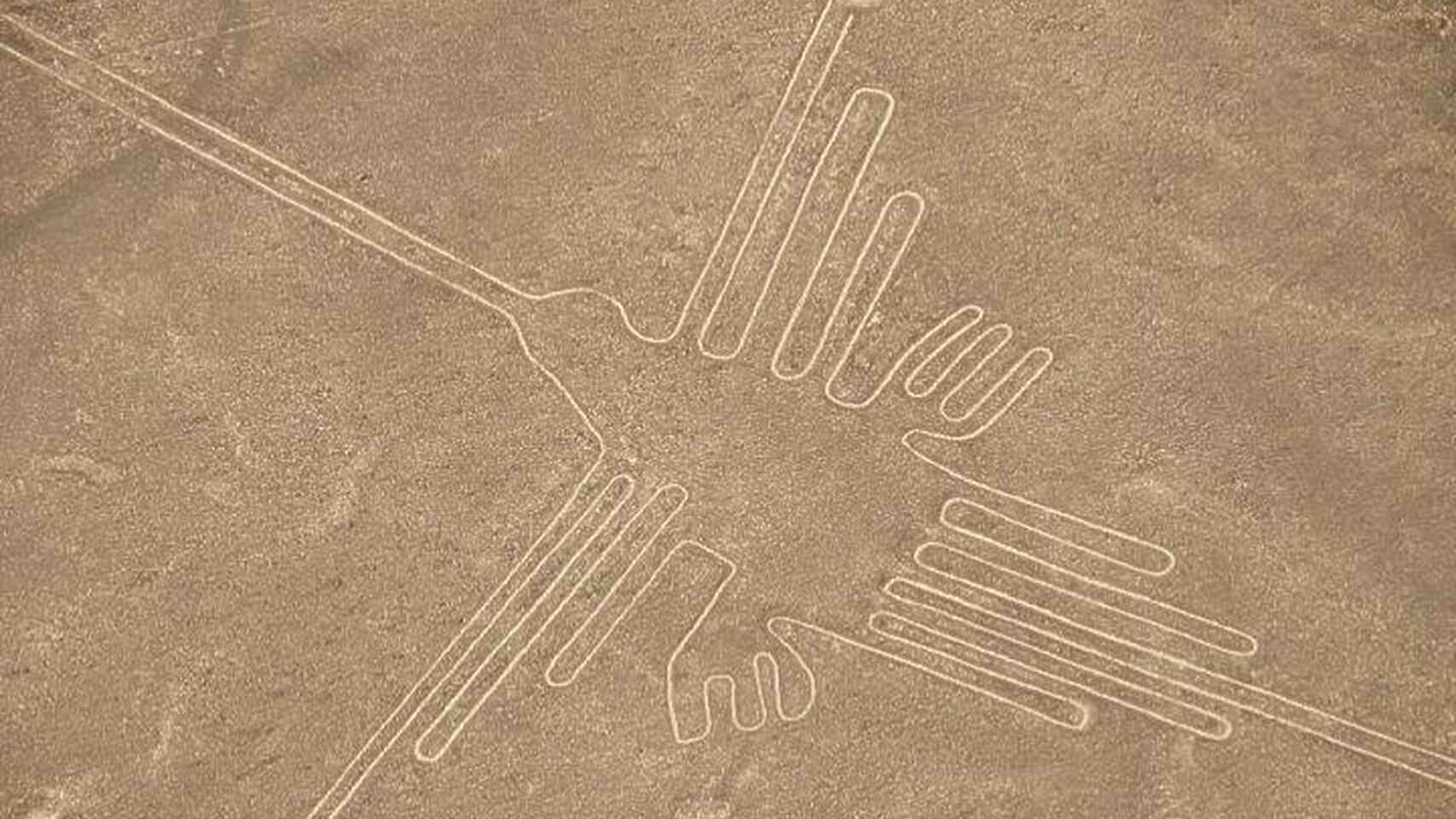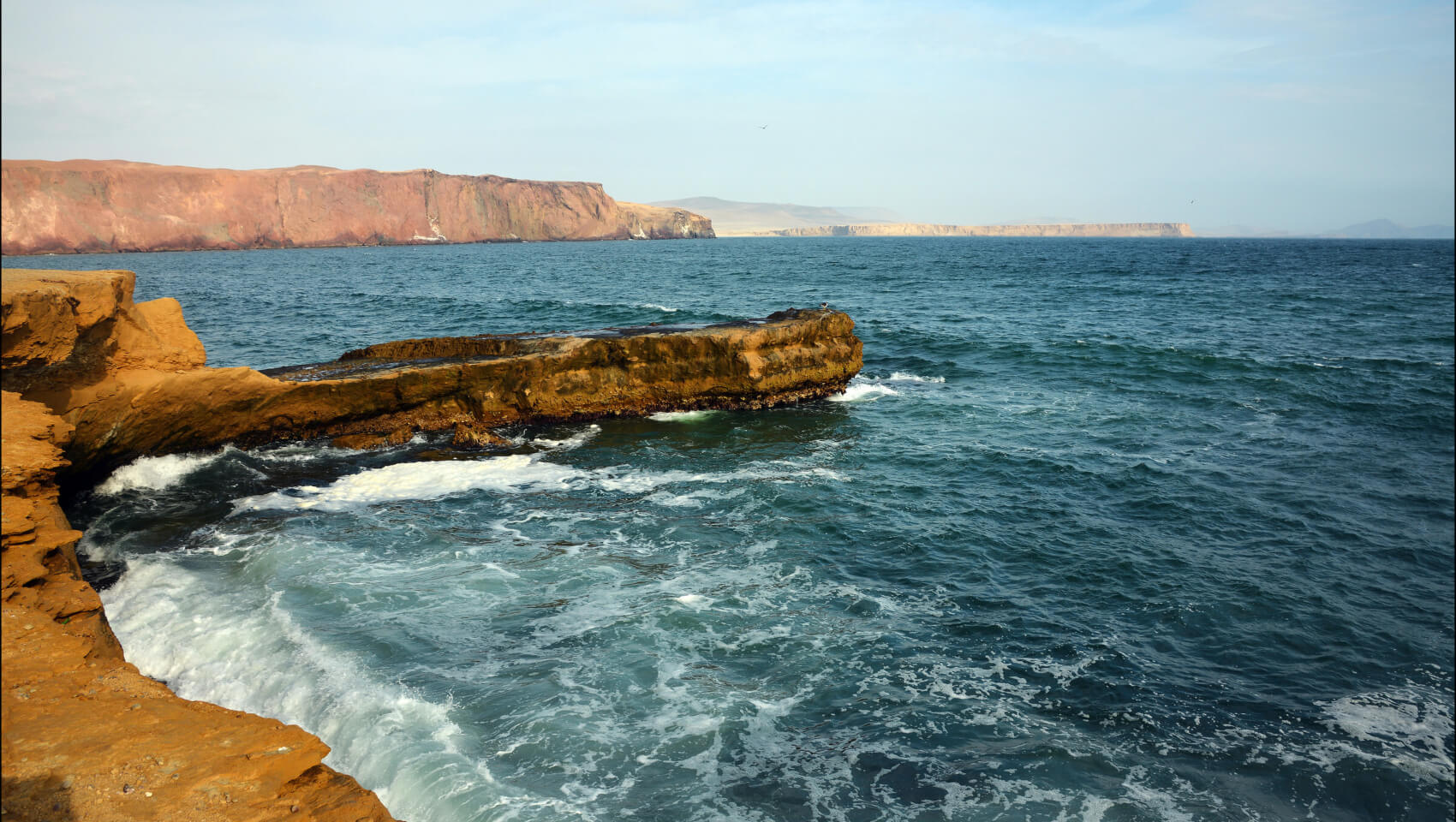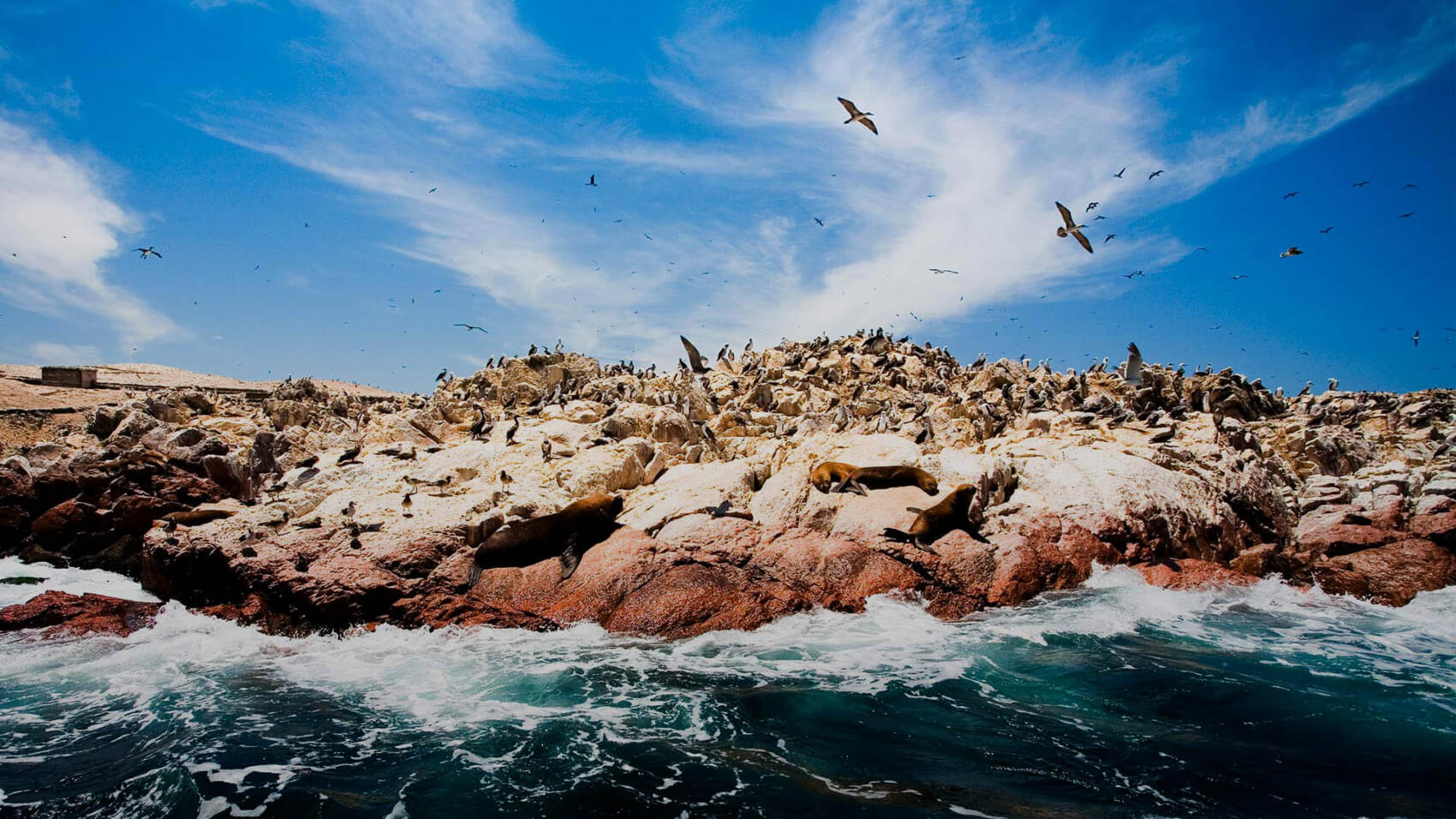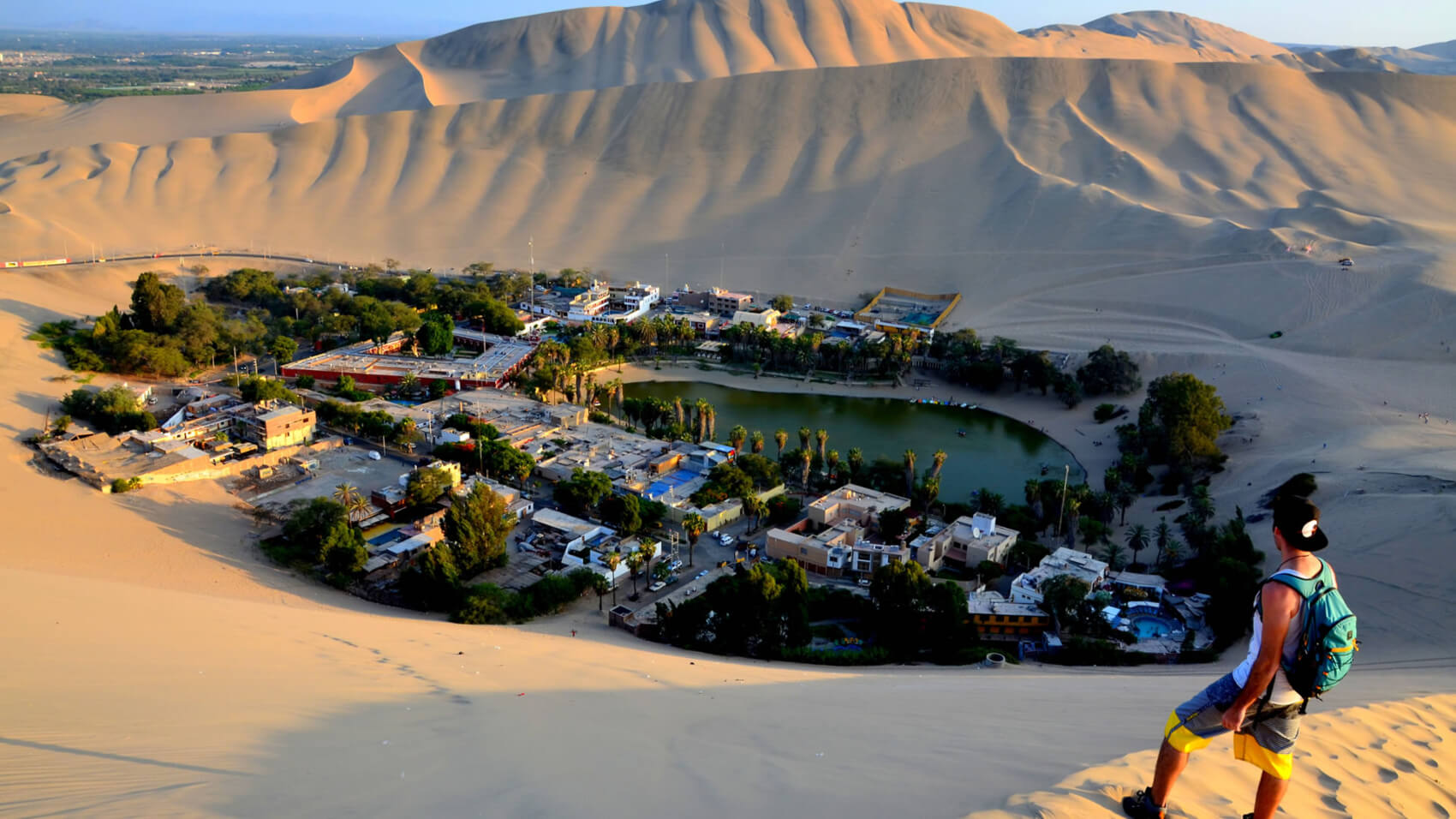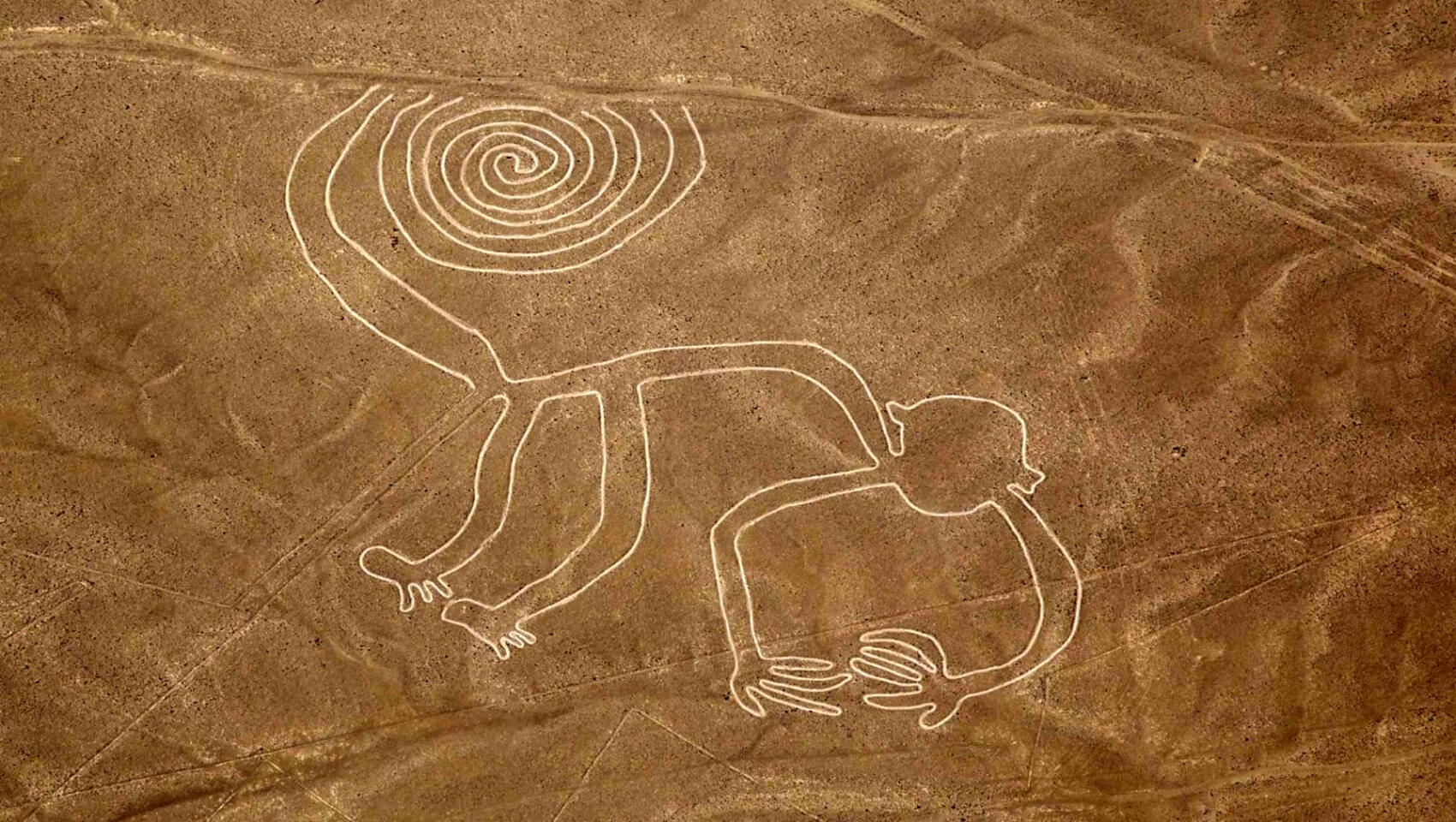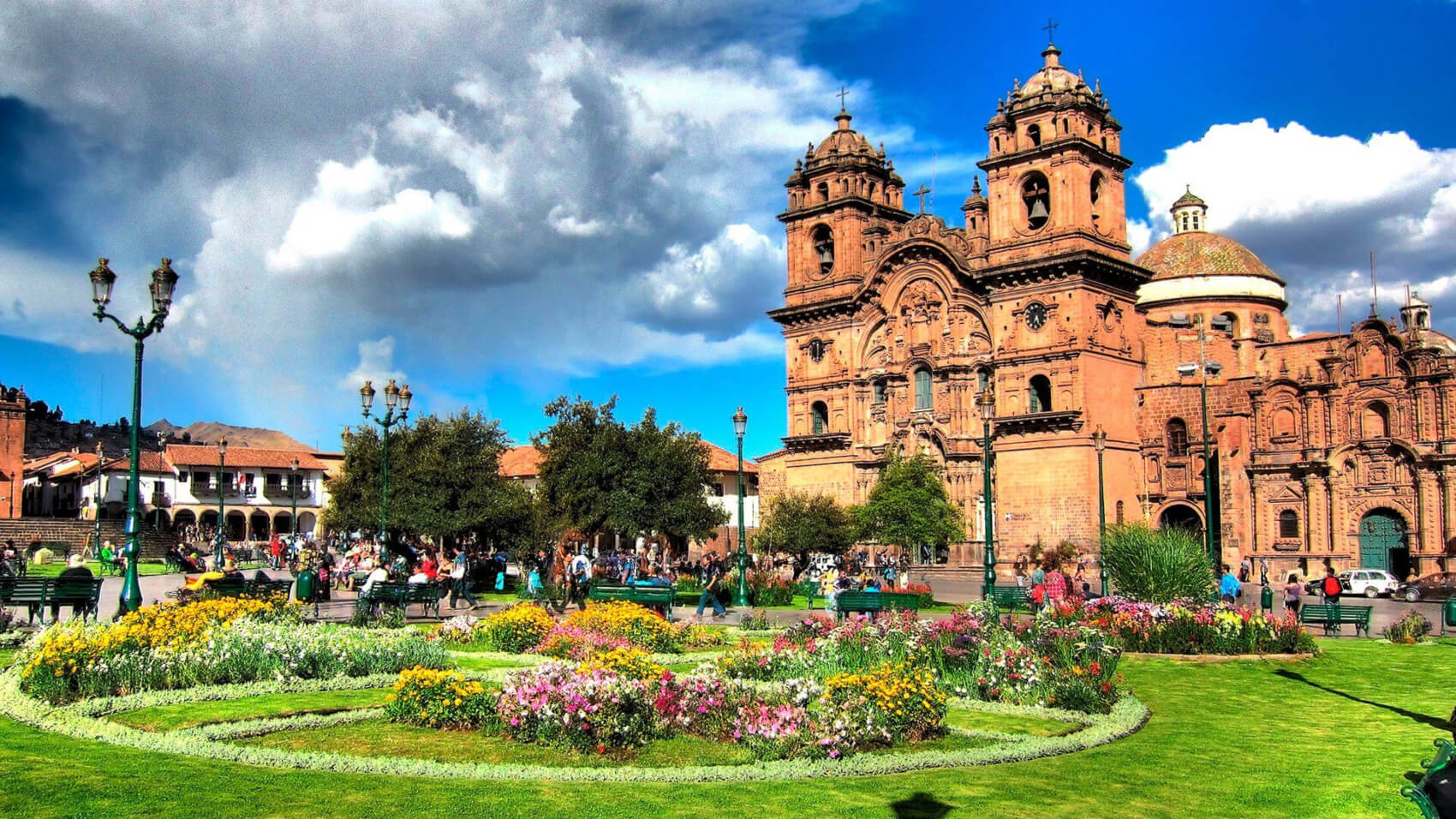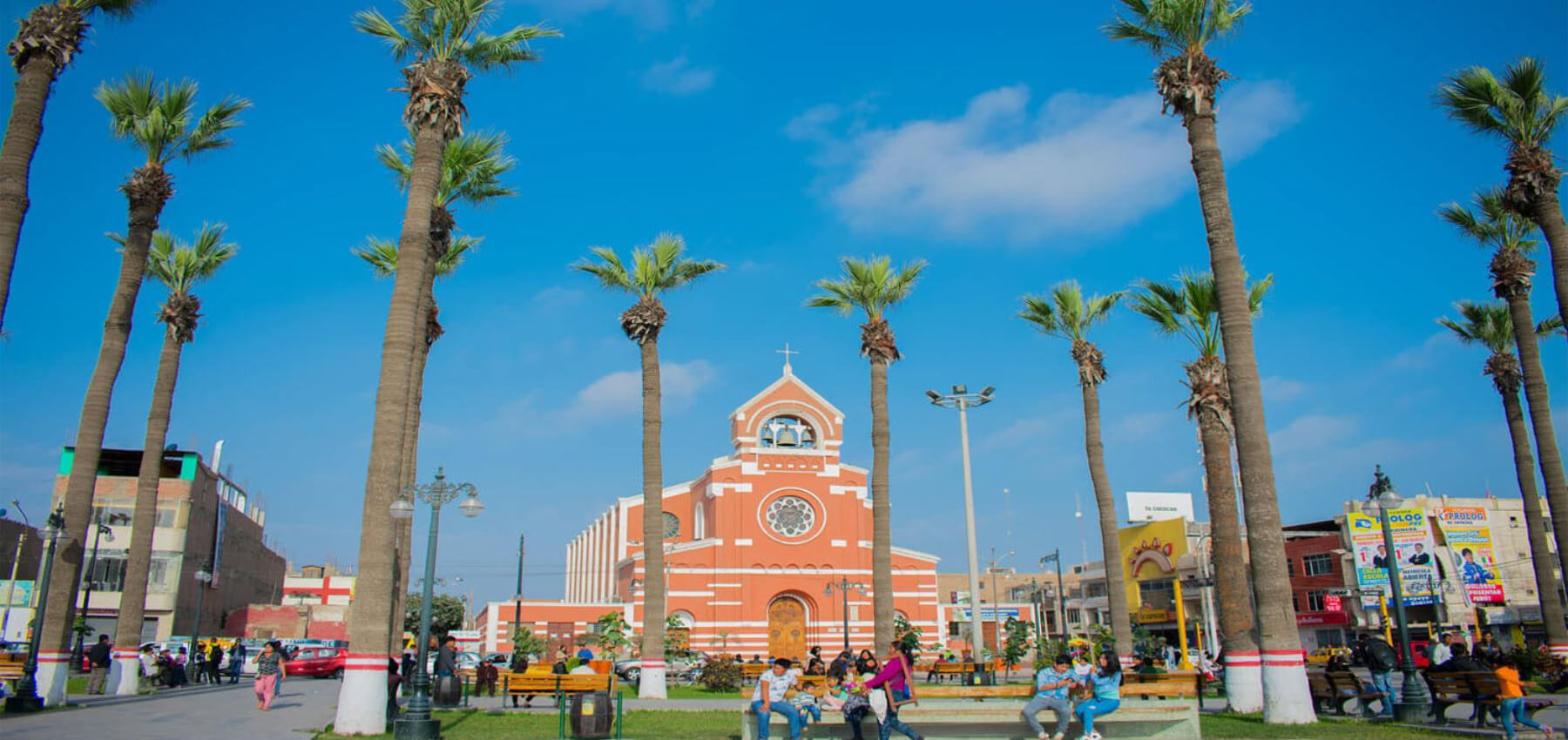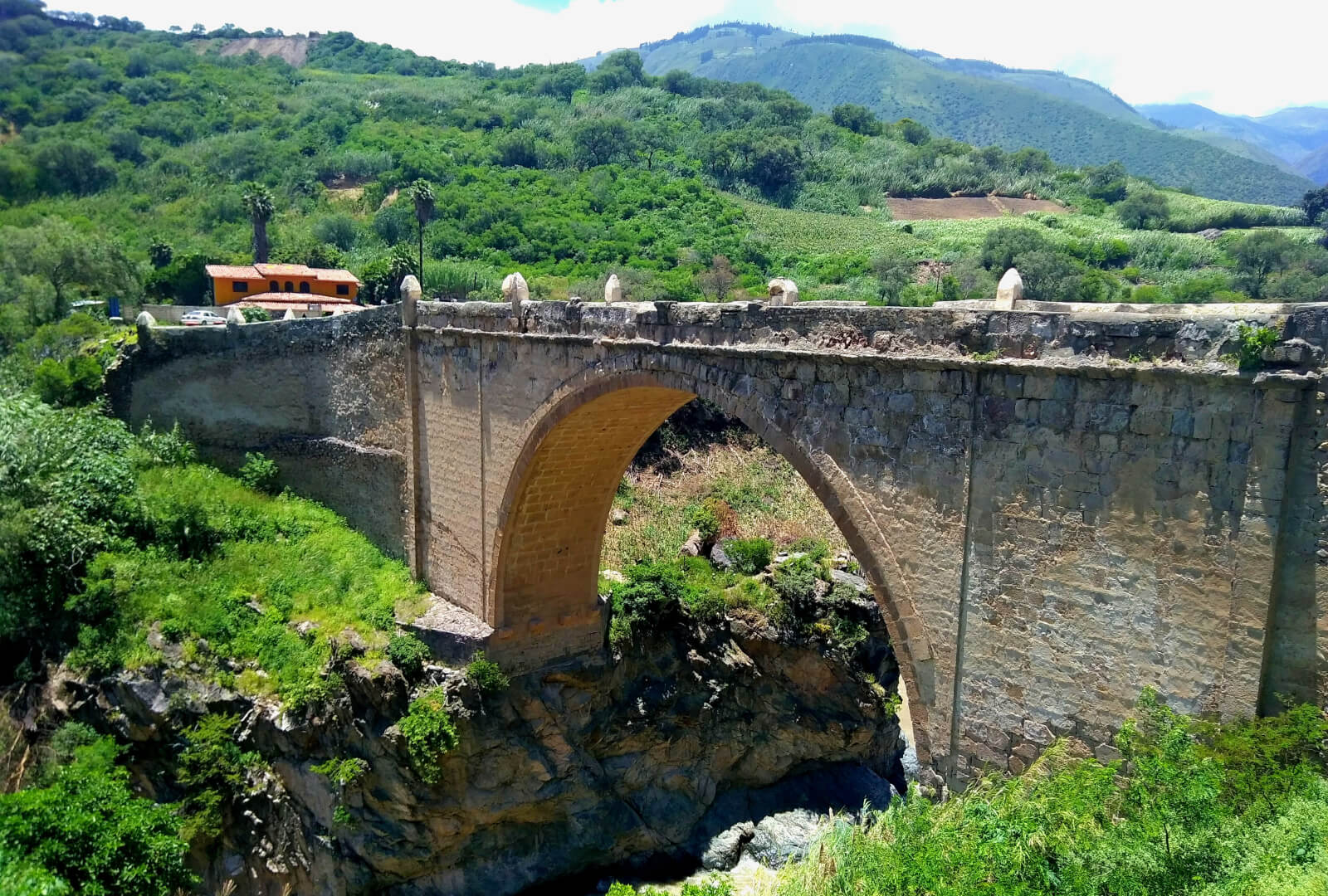From Lima to Cusco, through Nasca
From Lima to Cusco, through Nasca
![]()
![]()
Overview
Drive along the Pacific coast, then climb the Andes to cross them to Cusco. From the capital of Peru to the capital of the Inca Empire, you will travel through varied landscapes, from the coastal desert, including the enigmatic lines of the Inca civilization, to the highlands, dotted with lagoons and herds of camelids. From the highlands you will descend into fertile valleys populated by typical Andean villages dominated by the high Andean peaks
Leg 1 From Lima to Paracas
![]()
![]()
Leave the capital for the peaceful desert and its many beaches popular with the people of Lima. On the way you can stop at Chincha, an Afro town, renowned for its gastronomy, music and dances. Nearby, the Hacienda San José will take you back to the gloomy history of the slave era.
Don’t miss visiting the Paracas National Reserve. Here, the wind sculpts incredible rock formations, and the beaches are out of this world. If you’re lucky, you’ll see pink flamingos flying over the lagoons. Take your time to walk and feel the sea breeze.
Leg 2 From Paracas to Nasca
![]()
![]()
Helpful links
Tacama
Huacachina
Nazca Lines
Leg 3 From Nasca to Puquio
![]()
![]()
Puquio is the gateway to the Pampa Galeras reserve, where you can see wild vicuñas roaming freely. The Mirador de Huashua offers stunning panoramic views of the Andean highlands. Its thermal springs provide a relaxing escape in a natural setting. The town’s traditional festivals showcase vibrant music, dance, and Andean culture.
Leg 4 From Chalhuanca to Curahuasi
![]()
![]()
Continue down the valley to the Apurimac River, the most distant tributary of the Amazon! Go visit the Pachachaca colonial bridge, built according to the tradition of the time, with egg whites! You will go up on the other side, crossing the town of Abancay, before reaching the forests overlooking the town. You will find several places to sleep there, or you will continue a little further to the archaeological site of Saywite or even Curahuasi, the capital of anise!
The Sanctuary of Ampay nearby is home to diverse flora and fauna. Its hot springs provide a relaxing retreat in a peaceful setting.
Leg 5 From Curahuasi to Cusco
![]()
![]()
Today undulating road between valley bottoms and passes, which crosses many Andean villages. You will find a lot of tourist attractions of all types, such as the village of Limatambo, the viewpoint of Chonta, from where you can admire the flight of condors, or the village of Cachora where the Choquequirao trek begins.
Limatambo is a scenic gateway to the Andes, surrounded by lush valleys and mountains. The Tarawasi Archaeological Site showcases impressive Inca stonework and history. Its waterfalls and hiking trails offer great outdoor exploration. The mild climate and fertile lands make it a perfect spot for nature lovers.
